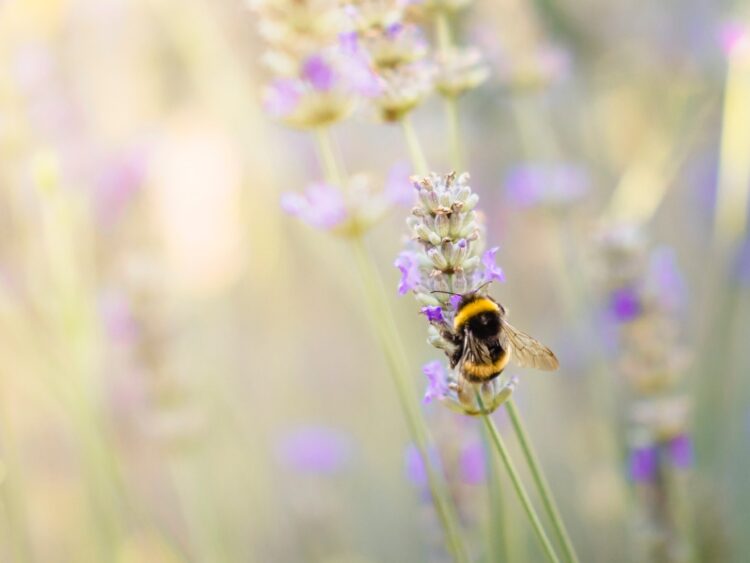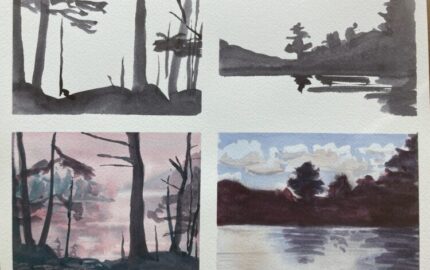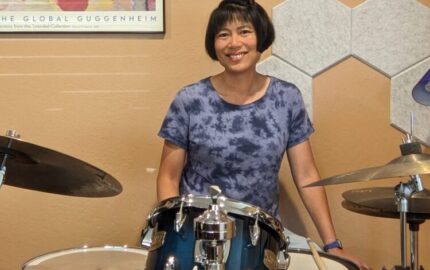I’ve been both accepted and rejected by Nature Magazine.
For the same submission.
It all started when I met a bumblebee veterinarian at the UPOD Writer’s Conference this past January.
Some people keep a bucket list. I keep a publishing bucket list.
Nature had been on my publishing bucket list for pretty much forever. I had no real business being in Nature. I write a lot of personal, usually humorous essays for places like HuffPost and Newsweek; quirky, in-depth, forgotten-by-time pieces I call history-mysteries; culture/trend stories, including book reviews; and occasionally a health story, though not much in the sciences, and Nature is the creme de la creme of science publications.
But I had gotten smug of late, which I blame on my incongruous acceptance a month earlier of a lengthy, history-mystery piece in Smithsonian Magazine, another magazine in which I have no real business appearing. And I was an avid, almost fanatical reader, of Nature. I was particularly enamored of their short “Where I Work” pieces on the last page, which feature an interview with a scientist in a particularly unusual, sometimes bizarre, job, written in the first person. Truth to tell, I also loved it because it was the only part of the magazine I could consistently understand.)
So when we went around the room and did introductions at the writing conference, and Elizabeth Hilborn introduced herself as a veterinarian for honeybees, I immediately flashed to Nature Magazine. In my voracious readings of the “Where I Work’ column, I’d never read about a bee veterinarian or anything similar. It seemed a perfect fit.
I interviewed Hilborn the next day, channeling her story as a first-person piece. I titled my piece, “I never expected to be a veterinarian for bees.” I decided to send Nature the finished interview, rather than a pitch, since pitches are easier to reject. I’d been reading that particular Nature column for so long that it practically wrote itself. I knew what the approximate word length should be; I knew it was meant to be breezy first-person. I’ve never finished a piece so quickly.
Famous last words.
No submission guidelines? No problem
The first inkling that something was wrong was when I couldn’t find the Nature “Where I Work” submission section.
Even neophyte writers know to check submission guidelines. Or should. Most magazines have them, if only to save staff the drudgery of having to tell dozens of freelancers the same basics: We only accept nonfiction. We don’t accept more than 500 words. We only look at pitches, not completed pieces. At writing conferences they tell you to be sure to read these submission guidelines before you start the pitch or the piece, but of course, some of us aren’t as good at following the rules. I quickly found Nature’s submission guidelines for their research studies and articles. But on the “Where I Work” column, Nature was curiously mum. I wondered briefly at the oversight, but assumed that maybe the column was just too short to warrant its own guidelines.
I found a name and position on the masthead that seemed like it might be right, and sent in my interview to someone named Jack. Because I had noticed there was always a photo with the interviews, I mentioned that I had two photos of Elizabeth, one in her jazzy bee-keeper garb.
Two weeks later, I received a very polite, but lukewarm, response. The gist of Jack’s reply explained why I hadn’t found submission guidelines:
“Where I Work” was not a freelance-driven section of Nature. It was entirely staff-written.
Oh.
Oops.
Jack was declining my submission because they never took freelance interviews.
But he also said he really liked my piece. And he was curious about something. He asked me a question about honeybees that hadn’t been clear from the interview. I wrote him back immediately.
Two weeks went by.
Again I heard from Jack. He repeated that he still didn’t take freelance submissions for this column, but he had another question about honeybees. Again I responded. Again he retreated into a stretch of radio silence.
A few more weeks passed, and Jack wrote to ask if I could send him those photos of the veterinarian that I had mentioned. I quickly forwarded him two high-quality photos.
Then … crickets.
An idea that finds its time
But timing sometimes works in a writer’s favor. A few weeks later honeybees were hot. There were worries about honeybees going extinct, disaster warnings about the end of pollination and honey because of global warming, and articles about new honeybee diseases. Bees swarmed all over the news.
I wrote Jack again, noting that bees were a trending topic. I wondered if, in light of all the buzz, he might still be considering my piece. If not, maybe I would submit it elsewhere. (Though it had been written specifically for Nature, and I really had no idea where else I could pitch it.)
Jack apologized once more; he still didn’t take freelance pieces for “Where I Work.” But he reiterated that he had liked the piece, and asked me to try him again sometime.
Ordinarily, such an offer would have put me over the moon; short of an acceptance letter, interest in seeing another piece is as good as it gets.
But in this particular situation, all I felt was disappointment.
I wrote back to Jack, thanking him sincerely for his time and attention, but noting that if I couldn’t get a piece into “Where I Work,” my chances of getting anything into any other, more technical, part of Nature would be very slim indeed. I appreciated his encouragement, but figured this was probably the end of the road for me and Nature.
Jack wrote back, saying, again, that he was unable to accept the piece — because of the freelance thing. But also because of the photos. “Where I Work,” he noted, was a photo-driven column. They never consider a piece unless it comes with an interesting photograph and meets publication standards; the two photos I’d submitted weren’t high-enough quality.
The problem was photos?
As someone who had been avidly reading Nature for years, I was surprised to learn that “Where I Work” was photo-driven. Despite all the years of reading that column, I doubt I could even describe any of the photos — although I could remember plenty of the bizarro science jobs.
Also, that seemed a flimsy excuse to not consider my interview. What if, I suggested to Jack, I asked the veterinarian to have a better photo taken? Would that be possible?
Jack didn’t know. He wrote to tell me he was passing me up the chain to his editor.
The supervising editor was, like Jack, incredibly nice. She apologized, said they really didn’t accept freelance submissions for the column (surprise!) and reiterated that it was a photo-driven column.
By now, I was getting antsy. If they really weren’t going to consider this piece, why were they spending so much time on me? I asked Karen if hiring a freelance photographer for a better photo might be an option.
Three weeks later, the bee vet and I were notified that Nature was sending a photographer to North Carolina, to take a better photo. Hilborn cleared an hour on her schedule for the photo. Five hours later, the photographer had images that satisfied the magazine.
I thought we were done.
But then followed six weeks and a flurry of edits.
A hive of editors
There was a strict 350-word limit for the “Where I Work” column, thanks to the prominent photos as part of the features. But that meant that every time a writer clarified one point, usually with extra words, those words had to be hatcheted somewhere else. We went back and forth, Word-track documenting the entire process. Again and again and again. While I admired the painstaking attention to detail as a reader, being at the other end of the process felt a little arduous.
When at last I thought we were done, Jack’s supervising editor clarified that, of course, London would be doing the next set of edits, pre-publication.
London?
All the final edits go through London, she said.
Maybe I should have anticipated London; Nature is a British-based magazine.
There followed several more rounds of edits.
In the end, many weeks and literally 17 edits later, the article appeared in both the online and physical incarnations of Nature Magazine. Cool headline: “If I drop this, I’ll kill the queen.”
I made $400. In terms of hours per word, this assignment was the most onerous in which I’d ever engaged.
But I think the moral of this particular story is, if you believe in your piece, you will find a way to publish it. “Bee” confident.
I’ve now crossed Nature off my publishing bucket list (and, in case you were wondering, received Jack’s permission to publish this essay). But if you bump into me at a writer’s conference and identify yourself as a cryptozoologist whose profession is to study possibly-mythical creatures, or a snake milker who extracts venom for a living, or even a pet-food taster (ugh!), watch out. I still have Jack’s email.
* * *
Fern Reiss is an author and self-publishing entrepreneur. Her essays have appeared in publications including HuffPost, Newsweek, the Boston Globe, and Smithsonian. She ruminates at FernExpertizing.substack.com, and is writing a memoir.



